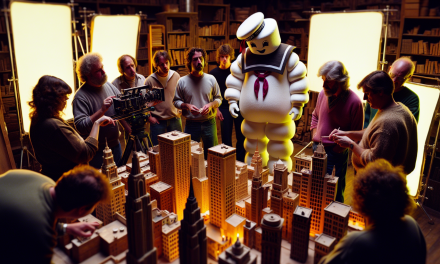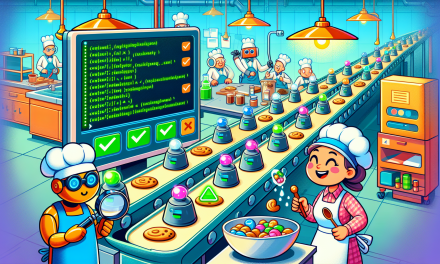When Spacecraft Are Patchworks: How Star Wars Turned Budget Limits into Style
Imagine you’re handed a pile of broken toys and random bits of plastic, with a challenge to build a spaceship that looks like it’s traveled through countless star systems. This was the reality for the original Star Wars team back in the 1970s. Faced with tight budgets and looming deadlines, they couldn’t afford shiny, brand-new models or expensive special effects. Instead, they invented something magical: the “used universe.”
What does “used universe” mean? Think about your own stuff — old shoes, scratched-up bikes, gadgets with sticker scars — all hinting at stories and real-life adventures. The team wanted their spaceships to look like that, not like sterile, futuristic ideas, but as if they’d been repaired, repurposed, and raced across galaxies for years. And to do that, they took a very practical, very coder-like approach: they kitbashed.
What Is Kitbashing? Meet the Toy Maker of Spaceships
Kitbashing is the art of combining parts from different model kits — sometimes unrelated ones — to create something entirely new. It’s like remixing old songs into a fresh hit. The original Star Wars models often mixed pieces from battleships, airplanes, cars, and even toys, sticking them together with glue and imagination.
Why is this so clever? Because it turns limitations on their head. Instead of being confined by what’s available to buy whole, the creators made their own unique vocabulary of shapes and textures. Every bump, antenna, or panel on those ships tells a story picked from somewhere else but assembled into a believable whole.
Constraints Spark Creativity: The Magic of Making Do
This “used universe” look wasn’t just about saving money — it introduced a new way of thinking that echoes deeply with how coders and technologists approach problems. When you have limited resources, you learn to prototype fast, reuse existing parts, and iterate quickly — just like kitbashing with model kits.
In tech, we often borrow toolkits, libraries, or frameworks instead of building every piece from scratch. Reusing code and adapting old ideas is not “cheating”; it’s smart design. Just like those Star Wars ships feel more believable because they look patched and timeworn, code that builds on existing pieces often feels more robust and functional.
From Scrap to Starship: Real-World Coding Lessons
The Star Wars approach reminds us that “perfection” isn’t always realistic or desirable. Imperfections create personality and trustworthiness. When learning to code, don’t wait for perfect tools or perfect understanding. Start with whatever pieces you have—snippets of code, borrowed functions, or prebuilt modules—and assemble them to make something that works and tells your story.
Try a little “kitbashing” in your projects: mix and match ideas, mash up tutorials, or repurpose old projects to build new ones. You might find your own “used universe” style emerging — one that’s uniquely yours, practical, and full of character.
Like the ships in Star Wars, your creations don’t need to look like they just landed from the future. They need to look like they’ve been on a journey.








